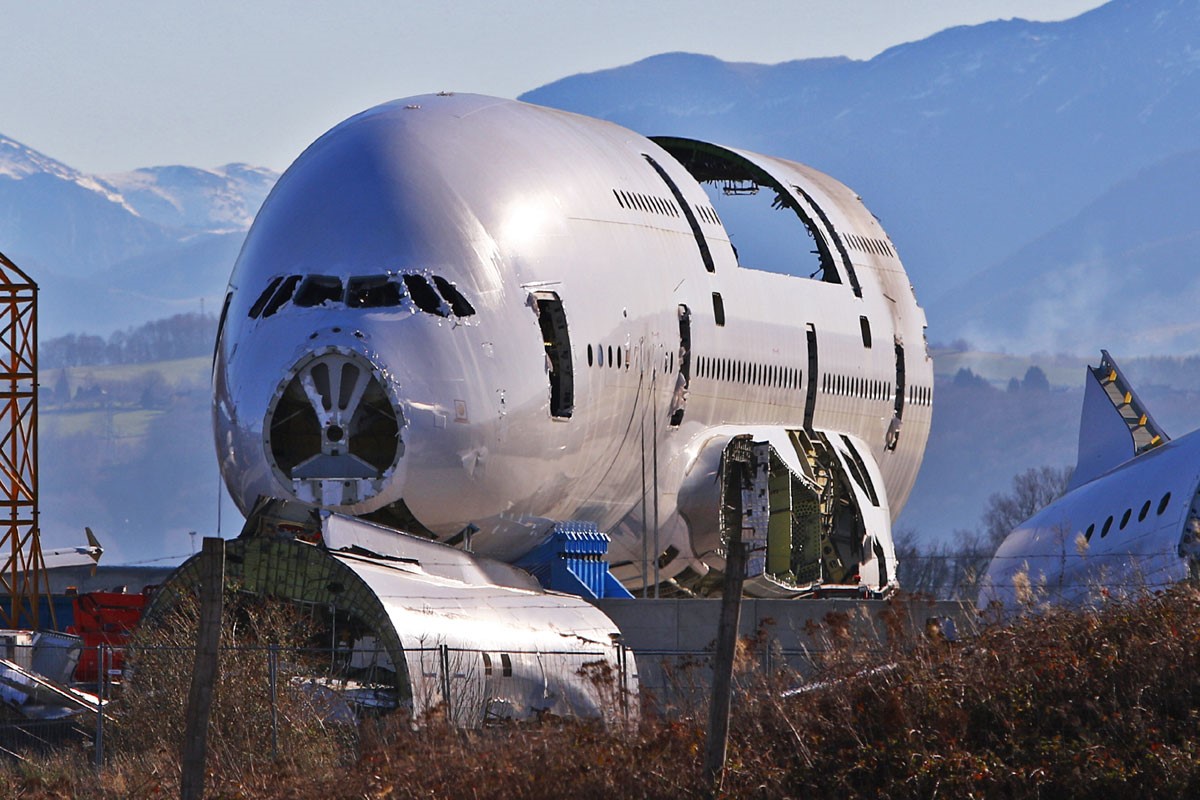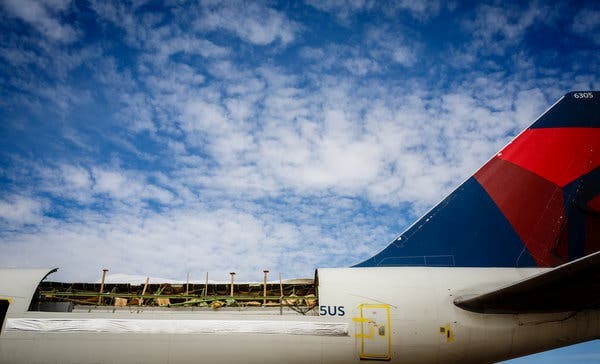

The journey by aeroplane is considered as one of the fastest and sophisticated in the world for decades. Thousands of aeroplanes carry millions of passengers to reach their destinations. Now, aeroplanes also have a life-ending process, or we say retirement, but in reality, an aeroplane never dies, its parts and components get recycled and it is gradually becoming a broad sector. However, the Covid-19 pandemic has crashed the aeroplane scrap market’s growth rate.

It has been reported that presently an around 470-550 aeroplanes are tear down or dismantled, while the reported number is envisioned to grow and stand 2000 plus planes by 2030 every year.
As per the industry report, around 80%-90% of an aircraft’s weight can be recycled for re-utilized in aviation or other industries.
Aluminium is one of the metals which goes for100% recycling in a huge quantity after an aeroplane is dismantled, while the others are steel, etc.
Primarily, aeroplanes get retired within around 25 years of age, as substitution become essential during this age span due to metal fatigue. This clearly explains the impacts of stress and pressure on vital metal components in use within planes.

As aircraft gets phased out, their components remain valuable. The retrieving of parts permits for the collection of hundreds of thousands of components such as seats, windshields or landing gear which in turn can be disassembled into their basic components compromised of critical resources like aluminium among others.
In the normal situation, retired aircraft are like foster to the used serviceable materials (USM) market, with a relevant party willing to recycle an aircraft for economic gain.
The corona crisis has changed the dynamics of this sector. The complete closedown and then the partial closedown of international travel led to the retirement of two-thirds of the world’s airliners, as recorded by aviation data source Circum.
Chris Markou, head of operational cost management at the International Air Transport Organisation (IATA), explained the status quo like this: “The recycling market—aircraft disassembled for parting out and reuse of components—may decrease due to lower demand for spare parts as many airlines operate smaller fleets, therefore they have excess parts inventories in their warehouses before they need to go out to the market to get parts. Excess inventories will be used first before getting into aircraft part-outs.”
The demand for metal scrap sourced from planes has been shrinking steadily since March 2019, with demand for definite engine types have navigated towards non-existent, while some commercial wide-bodied aircraft that have been grounded due to the pandemic will never fly again, so their potential parts are automatically proffered becomes useless.
If aircraft production does not take up the speed again, the plunge in the scrap market might impact heavily on small and medium recycling firms. With the drop in demand for critical materials, the path to recycle may languish within the aviation industry. However, the industry stakeholders predicted that the current situation is liable to change by 2022 with the total market for recycled airliner components still set to reach $6 billion.
Responses








